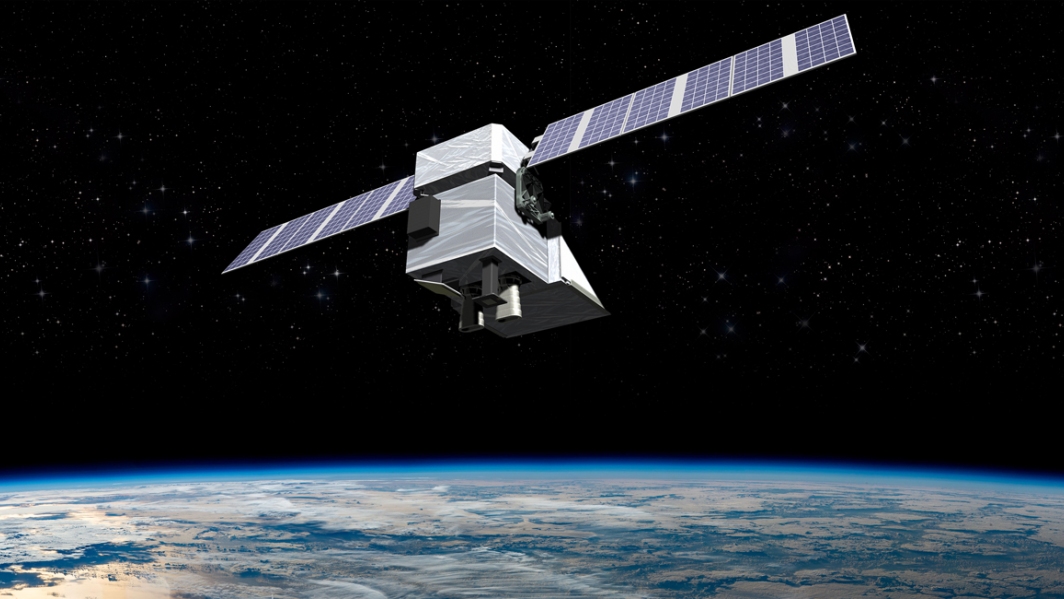-

Microbes behind unprecedented surge in methane emissions
Media release25 November 2024Microbes - such as those living in wetlands, landfills or the digestive tracts of livestock – are behind unprecedented spikes in methane emissions. -
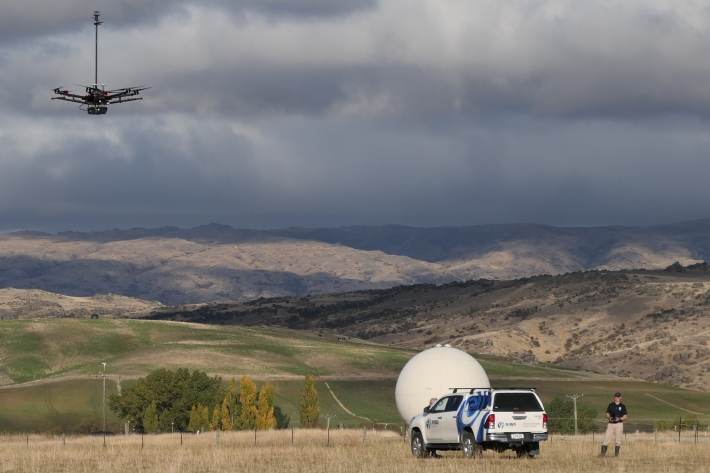
Accurate quantification of methane emissions from waste and agriculture
Research ProjectNIWA researchers are testing new methods for quantifying methane emissions from agriculture and waste. -
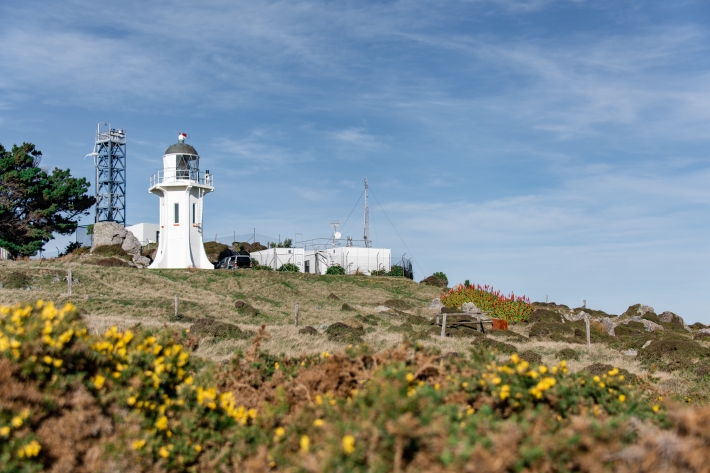
Greenhouse and trace gases
NIWA carries out world-class research that contributes to our understanding of greenhouse gases, including emissions and uptake across cities, forests, farms and oceans. -

Atmospheric analysis
NIWA has been using advanced scientific instruments to measure atmospheric trace gases and isotopes for over 50 years. -
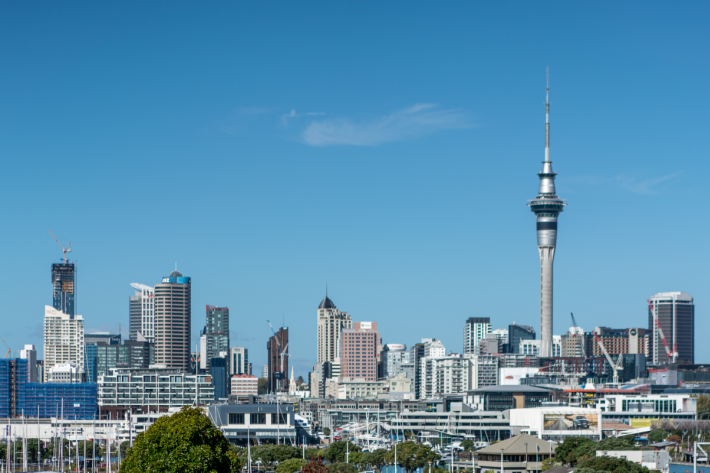
Air Quality
Understanding urban air through community-based monitoring programmes and measuring atmospheric air pollution. -
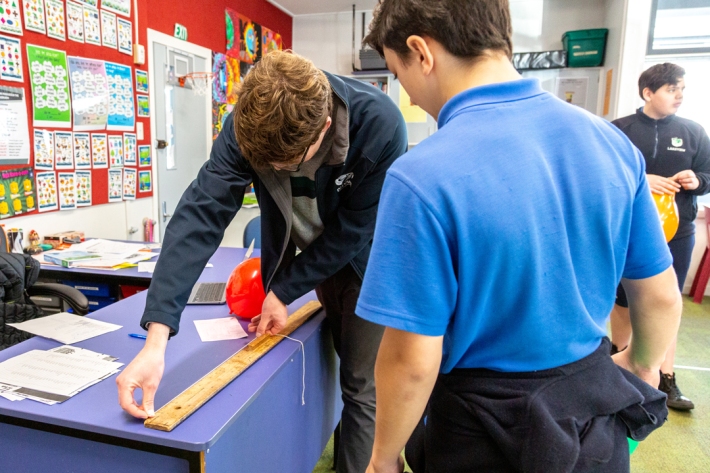
Air aware: air quality lessons for teachers and experiments for curious kids
Air Aware is a collection of air quality lessons for schools, made up of theory, videos, activities and quizzes. Air Aware is supported by MBIE’s Unlocking Curious Minds contestable fund. -

UV and ozone
CFCs have damaged the ozone layer and led to higher UV levels and increased health risks. NIWA works to understand the causes and effects of ozone depletion, to inform the public of the risk. -
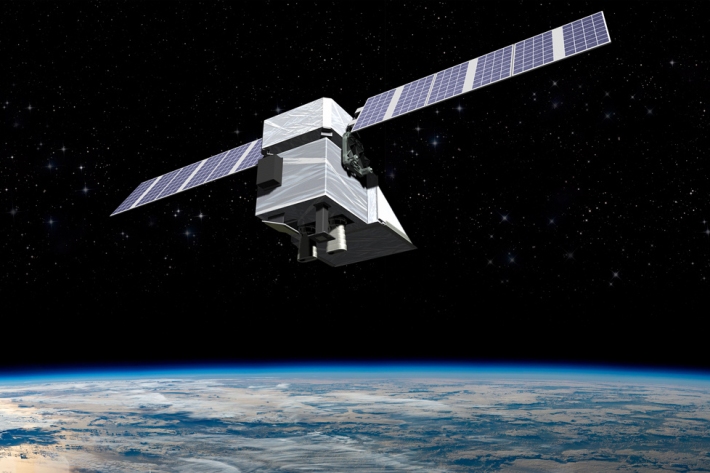
Scientists counting down to MethaneSAT satellite launch
Media release16 February 2024NIWA scientists leading Aotearoa New Zealand’s MethaneSAT agricultural emissions science programme are gearing up for the launch of its satellite in coming weeks. -
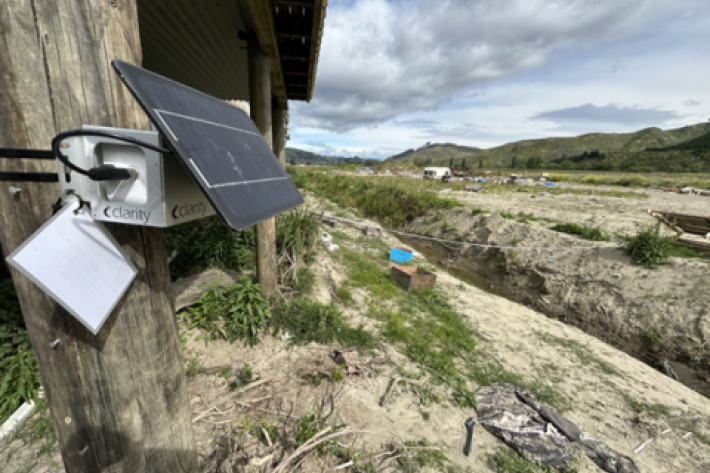
Assessing post-cyclone air quality across Tairāwhiti and Hawke’s Bay
The vast quantities of silt deposited by flooding have resulted in high levels of silt dust in the air across Tairāwhiti and Hawke’s Bay. -

Some homes contain 3 times more air pollution, NIWA finds
Media release18 October 2023A new study from NIWA has mapped outdoor air quality for Invercargill and Alexandra in more detail than ever before. -

UV and Ozone
ServiceThis is the home for NIWA's UV and ozone research, including maps and graphs showing daily predictions and measurements for UV levels across New Zealand. -

UV Index
ServicePlots of today's UV index are available in graphical form for Auckland, Wellington, Christchurch, Lauder and Invercargill.

